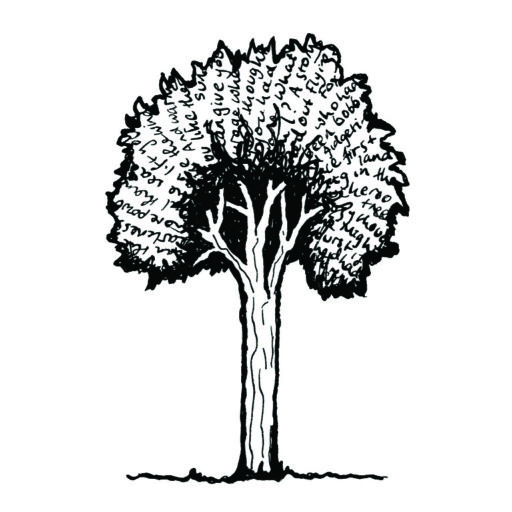Meet the punk caterpillar who’s willing to take on some of Australia’s most fearsome plants (the Gympie Stinger and Shiny-leaved Stinging Tree), and spends part of its life masquerading as a bat. In recent years it’s also begun to devour the Giant Stinging Tree, in what might be a climate change-induced host-plant shift.

The Giant Stinging Tree Dendrocnide excelsa is a common and relatively distinctive rainforest tree in south-eastern Australia. And there’s a very good reason to learn how to recognize this tree, as even the slightest brush against its leaves will be rewarded by a painful sting. So if you frequent Australia’s subtropical rainforests you probably know what this tree looks like:

Despite its painful sting, the leaves of Dendrocnide excelsa are still eaten by some animals. Often the leaves of this tree are full of tiny holes like this:


Which I understand are created by the chrysomelid beetle Hoplostines laporteae (formerly H. viridipennis, a much more memorable name):

some rights reserved
However, the other day I noticed leaf damage on D. excelsa that I’d never seen before. Forget the tiny, buckshot holes, something was completely skeletonizing the leaves of this small sapling:

And it turned out to be this spiky black caterpillar:

The caterpillar was Mynes geoffroyi, the Jezebel Nymph, which ends up looking like this:

The pupae of this species look a lot like tiny fruit bats hanging from the leaf:

I searched around the local area (Beechmont, Qld) and found another tree with pupae and larvae, and then found another at Binna Burra, Lamington National Park.

But the standard butterfly books and online databases did not mention Dendrocnide excelsa as a host plant for the Jezebel Nymph. The known host plants for this butterfly were the two other species of Dendrocnide (the Gympie Stinger D. moroides and the Shiny-leaved Stinging Tree D. photinophylla) and the Native Mulberry Pipturus argenteus. Only after a helpful tip-off from a butterfly enthusiast on social media did one other record come to light: John Moss had recorded the Jezebel Nymph caterpillar on the Giant Stinging Tree at Binna Burra in 20121. This appears to be the first record of this butterfly eating this species of plant.
So is this host-plant shift really a recent phenomenon, or has the Jezebel Nymph been munching on the Giant Stinging Tree for some time, and we just haven’t noticed? I’ve asked two people who know their plants, have spent a lot of time in Queensland subtropical rainforests, over the last few decades, and probably would have noticed such dramatic leaf-skeletonization on the Giant Stinging Tree, and neither of these people have ever seen anything like it. The clustering behavior of the caterpillars, their relatively large size, and black colour (against the light green D. excelsa leaves) also makes them hard to miss. Plus the distinctive hanging pupae (also in groups) seem to persist for a while. All of these things suggest to me that the host-plant shift has been recent.

Is it a climate change-induced shift? That is not clear, but the distribution of the butterfly only overlaps with the Giant Stinging Tree in south-east Queensland and northern New South Wales. The butterfly distribution extends north, and the distribution of D. excelsa extends south. Perhaps more butterflies are finding their way south into more places where the Giant Stinging Tree grows? Perhaps the butterflies are also better able to move to higher and cooler altitudes because of the warming climate? Although the Giant Stinging Tree is not found exclusively at higher altitudes, many of the largest areas of its rainforest habitat are found in the mountains. Most of the lowland areas of D. excelsa habitat have been cleared.
What will happen now? Will the Jezebel Nymph prove to be a devilish problem for the Giant Stinging Tree? I doubt it, mainly because D. excelsa is abundant and fast-growing. But next time you see a Giant Stinging Tree, look for this characteristic caterpillar and the leaf skeletons caused by its feeding. Perhaps we will witness more damage to D. excelsa, caused by the Jezebel Nymph, in future years.
And if you’ve already recorded this host plant shift, please submit your records to INaturalist to help us learn more about this species.
- Moss, J. T, (2019) Butterfly host plants of South-east Queensland and Northern New South Wales. Butterfly and Other Invertebrates Club Inc. Runcorn, Qld.
Discover more from Paperbark Writer
Subscribe to get the latest posts sent to your email.
